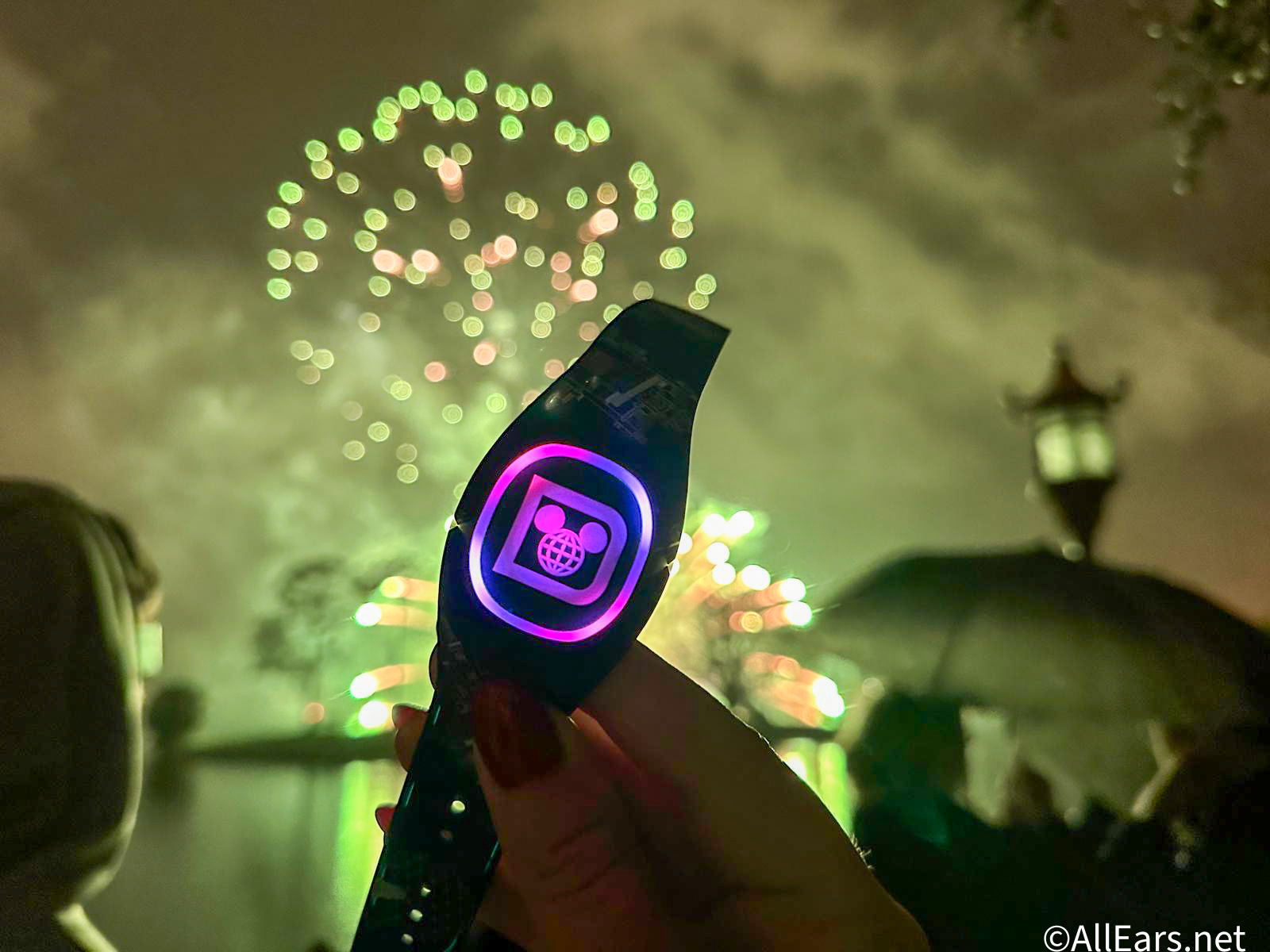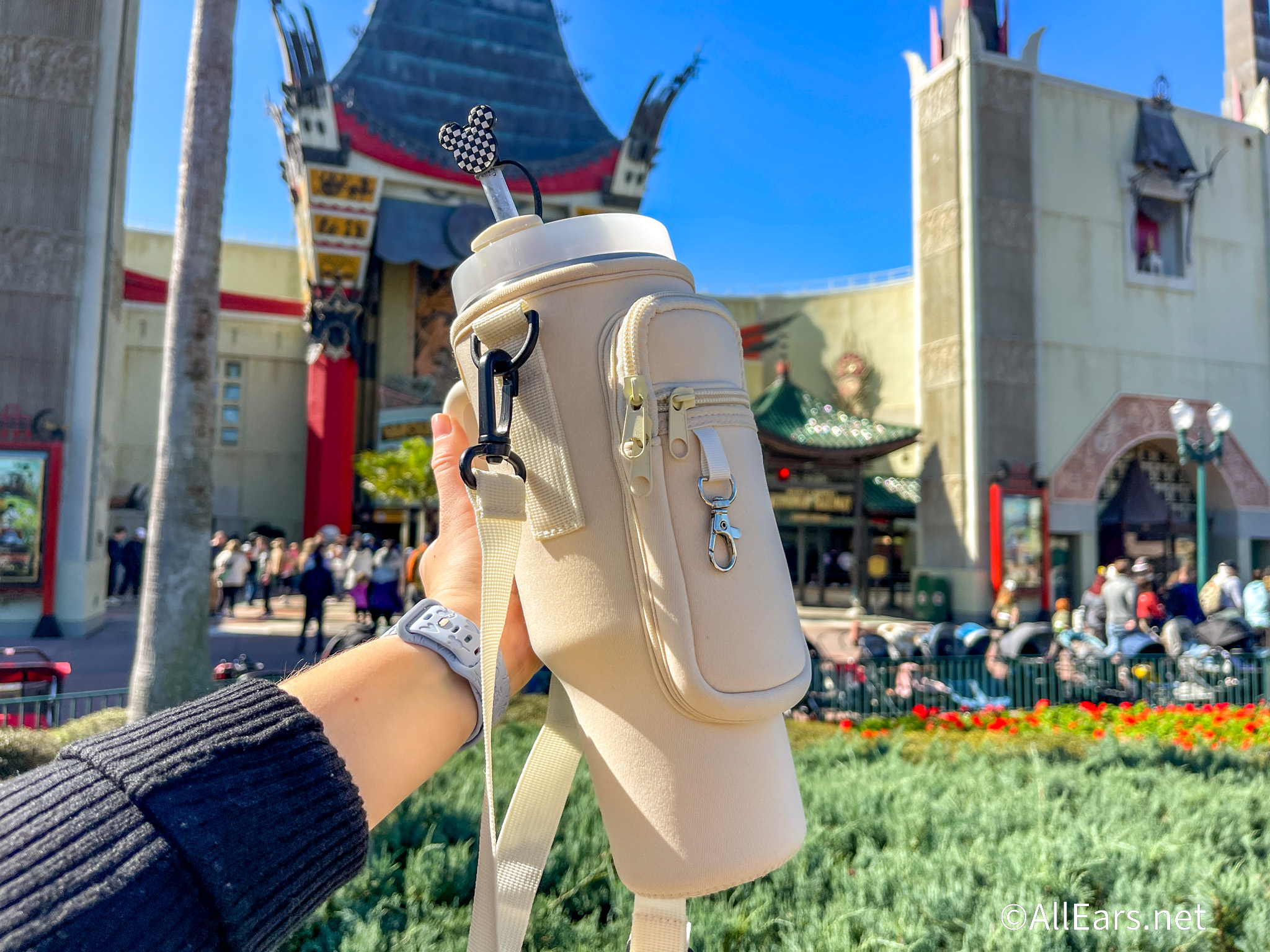
Lights, Motors, Action! Extreme Stunt Show explosive finale. © Scott Thomas Photography 2007
Nikon D70/18-200VR, 1/250s, f/8, 200 ISO, 0 EV, 20mm Focal Length
Don’t go away! Histograms are not hard to understand. They are a great tool for us digital photographers to know, at a glance, if the picture we just took is well exposed. No more being disappointed when we see the photos on our large computer screens that looked so good on the camera’s little LCD. If you are not sure if your camera is able to show a histogram, check its manual.

Simply put, a histogram is a graph that displays how light is distributed in your picture. The left side of the graph represents the shadows (dark areas), while the highlights (light areas) are on the right. Remember bell curves from your old math or statistical classes? Rarely does a histogram from a photo take on the look of a perfect bell curve but the principal is the same. You do not want to see the curve bunch up to either side or get cut off which is referred to as a clipped histogram. A clipped histogram to either the left (dark) or right (light) side is something to be avoided. In the histogram example shown here, while there is a spike on the dark side, it is not clipped and falls off before the edge. The spike can be seen in the dark upper portions of the image.
By taking a photograph and looking at the histogram my camera shows me, I can tell if I have overexposed (histogram pushed to the right side or cut off) portions or all of the image. From there, I can adjust my exposure using the exposure compensation button. I may need to change the ISO setting if the histogram is showing a very underexposed (everything pushed or cut off on the left side of the graph) to increase the sensor’s light sensitivity moving the histogram towards the center.
Take this entry’s photo from the Disney-MGM Studios Lights, Motors, Action! Extreme Stunt Show. I had to be quick with this shot as the car flu over the ramp faster than I was ready for. Checking the LCD image afterwards, I felt it looked good. Once I saw the well-distributed histogram, I was confident it was good.
As you can tell, the histogram is an excellent way to see if you have the exposure you are looking for quickly and easily.
Further Reading: I highly recommend this article on histograms: Understanding Your Digital Camera’s Histogram.























Trending Now
You need to check out these new Stanley Cup colors on Amazon!
Let's have a chat about an Oura Ring that Disney Adults just can’t seem to...
Get over to BoxLunch NOW!
This MagicBand+ hack can make a world of difference during your next Disney World trip!
We tried a new Oreo Tiramisu that we're obsessed with in Disney World!
Let's take a look at Disney World restaurant menu changes that happened this week.
Have you seen Disney Visa's newest Disneyland 70th card design?
Disney releases information on the reopening of the Matterhorn Bobsleds.
There are TWO new MagicBand+ online right now -- grab them while you can!
This Disney Springs restaurant is MAJORLY underrated in my opinion, and I won't stand for...
It all starts on July 8th!
Don't fall for these "scams" next time you're at Disney World.
I am freaking out about these new McDonald's menu items and I know I'm not...
Going to Disney World alone isn't as scary as you'd think...
These EXCLUSIVE sodas are only available at Universal's newest park!
If you're an introvert, should you head to GEO-82 or find another lounge in Disney...
We are trying out a NEW DOLE Whip Sampler at Swirls on the Water at...
Grab these discounted Disney gifts online RIGHT NOW!
Here are the park bag mistakes you might make when going to Disney World and...
Universal is growing... but the resort still has some issues.